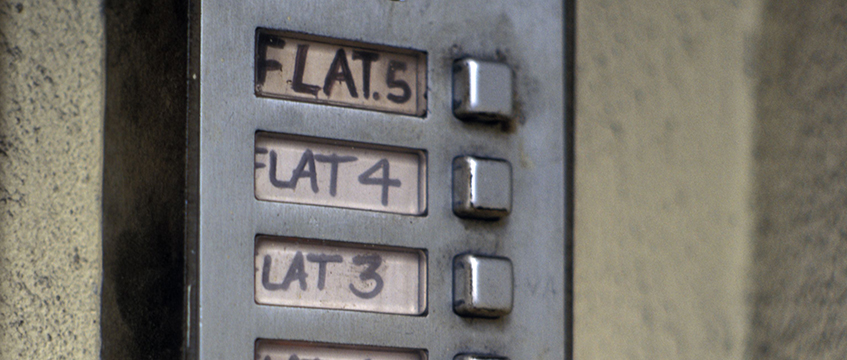A set of premises only become separate flats when they have reached a “stage of construction to be suitable for use for the purposes of dwelling”, the Court of Appeal ruled today.
The ruling is part of a leaseholder enfranchisement battle being fought over a mansion block near Park Lane in central London.
A group of leaseholders are seeking to acquire the freehold to Aldford House, Park Street, London W1. In blocks of flats, to do this, under the Leasehold Reform, Housing and Urban Development Act 1993 (the 1993 Act), notice must be given by not less than half of the qualifying tenants.
So, as the judge said in today’s ruling, “It matters how many flats there are.”
A total of 17 tenants claimed they gave notice. However, at the time they did, the building was undergoing renovations to turn it from a 26-flat property to a 30-flat property.
Which led to the question: “What is a flat?”
At the time of the notice, that flats had not been totally separated, but the separate leases had been prepared. The freeholder argued, therefore, that there were 30 flats, so at least 15 qualifying leaseholders needed to apply.
It also disputed the number of qualifying leaseholders.
The leaseholders argued that there were 26 flats, so only 13 of them needed to apply.
The High Court backed the freeholder and said there were 30 flats.
However, the Court of Appeal heard the case last week and today ruled that there were, in fact, only 26 flats, backing the leaseholders.
Today’s ruling, written by Lord Justice Lewison, drew a distinction between a set of premises and a flat.
The flats separation did make them different premises, he said.
“A separate set of premises is not a flat (as defined) unless at some stage in its history it has reached a stage of construction suitable for use for the purposes of a dwelling,” he ruled. “On the [lower court judge’s] finding the intended flats on the sixth and seventh floors had not reached that stage. Accordingly they were not flats.
“It follows that at the relevant date the building contained 26 flats rather than 30. The initial notice was therefore not required to name the lessees of what would become the remaining four flats.
“If, therefore, the initial notice was authorised by 13 qualifying tenants or more, it was validly served.”
James Souter, a partner at Charles Russell Speechlys LLP, said this “common sense ruling”, which backed the tenants, would also be welcomed by landlords.
“In my view, the High Court had stretched the interpretation of what is a flat for the purposes of the 1993 Act beyond its natural meaning. If that decision had been allowed to stand it could have given rise to a number of unintended consequences, particularly in relation to individual lease extension claims,” he said.
“The intention of the legislation is to allow tenants of flats to extend their leases, but if the decision had stood you could easily have seen claims being made in relation to premises which clearly aren’t flats.”
He also said that it could be argued that the divided flats were not even separate premises, let alone separate flats.
“The definition in the Act requires, amongst other things, ‘a separate set of premises… which is constructed or adapted for use for the purposes of a dwelling’. Perhaps surprisingly, the Court of Appeal found that the ‘flats’ in question were separate even though they were only divided by large locked doors,” he said.
“It could be argued that such separation isn’t sufficient in the true sense of the word. However, the decision turned on the fact that they hadn’t reached a stage of construction suitable for use as a dwelling.
“On that basis, while they might become flats in the future, they weren’t flats on the all-important date when the claim for the freehold was made.”
Aldford House Freehold Ltd v Grosvenor (Mayfair) Estate; K Group Holding Inc
Court of Appeal (Rafferty LJ, Lewison LJ, David Richards LJ) 1 November 2019








